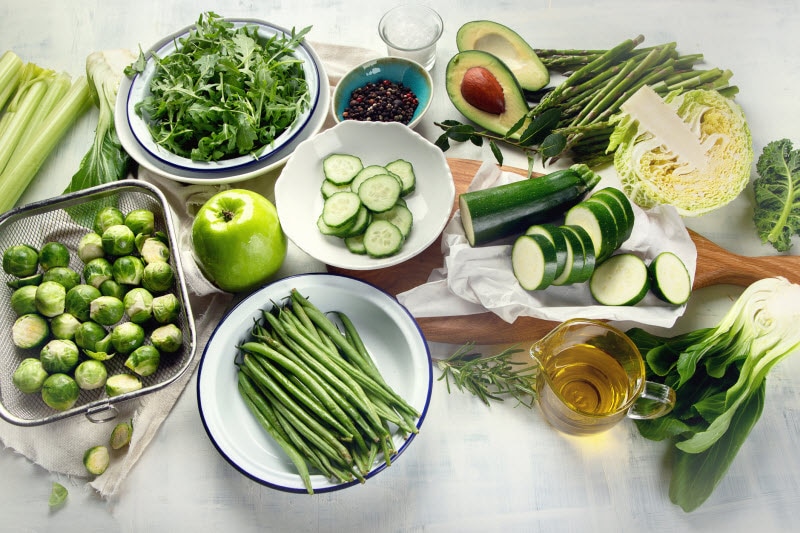For years, people trying to lose weight have turned to a ketogenic diet. But a plant-based twist on the keto approach — known as the ketotarian diet — is now hot in dieting circles.
What is a ketotarian diet?
The ketotarian diet promises to combine the perks of a ketogenic diet – which focuses on low amounts of carbohydrates, high amounts of fat and moderate amounts of protein — with those of a vegetarian diet.
Unlike a traditional ketogenic diet, the ketotarian diet eschews meat and dairy products and mostly sticks to plants, with a few other foods — eggs, fish, shellfish and ghee (clarified butter) — thrown in.
Some experts say the ketotarian diet can help you burn fat and promotes weight loss. However, others warn of the dangers of such a diet, pointing to research that suggests possible related health problems, including loss of muscle mass, increased risk of kidney stones and possible heart issues.
You might want to twice before you transform your menu, says Toby Amidor, a registered dietitian and author of “The Best 3-ingredient Cookbook.”
“Following the ketotarian diet for weight loss really has no pros from a dietetic perspective,” she says. “However, there are numerous cons.”
The downsides of a ketotarian diet
For starters, the diet requires you to cut back on eating many important foods.
“The issue with the ketotarian diet is that you are even becoming more restrictive than the ketogenic diet, and cutting even more nutrients out of your diet,” Amidor says.
For example, people who eat a ketotarian diet typically lack fiber because the diet is light on whole grains, and only offers minimal fruit, and a small amount of vegetables and nuts and seeds.
“Because you are eliminating so many foods, you are not feeding your body all the nutrients it needs to stay healthy,” Amidor says.
The kidneys excrete more sodium and water while you are in ketosis, so people on the ketotarian diet need to drink a lot of fluid or they can dehydrate rather easily, she says.
A lack of glycogen — or stored glucose — can exacerbate the problem, as it causes the body to store less water.
Ketosis also increases your body’s needs for sodium, Amidor says. “Regular exercise is recommended on the keto diet, which means you’ll lose even more sodium through sweat,” Amidor says.
If you don’t get enough sodium, you may feel tired, disoriented and nauseous. You may even experience muscle cramps, she says.
The bottom line on the ketotarian diet
The bottom line is that Amidor does not believe a ketotarian diet is a good option.
“A vegetarian ketogenic diet is so restrictive that I would not recommend it to anyone,” she says.
Those on the ketotarian diet may mistakenly think they can eat as many vegetables as they like. But that is not true, Amidor says.
“Vegetables — even low-carb vegetables — contain carbs, and eating numerous cups can lead to consuming too many carbs to take you out of ketosis,” she says.
Instead of turning to the ketotarian diet to lose weight, Amidor recommends a more healthful alternative, like the:
Mediterranean diet. A diet that focuses on vegetables, fruits, herbs, nuts, beans and whole grains. Mediterranean diet meals are built around these plant-based foods. It also includes moderate amounts of dairy, poultry and eggs, with occasional red meat.
DASH. DASH stands for “dietary approaches to stop hypertension.” This heart-healthy diet focuses on reducing dietary sodium in your diet and focusing on foods rich in nutrients — such as potassium, calcium and magnesium — that lower blood pressure.
Flexitarian diet. The flexitarian diet focuses mostly on plant-based foods, but also allows you to eat moderate amounts of meat and other animal products.
“All are inclusive of every food group, and any of those would be better to follow than the ketogenic or ketotarian diet,” she says.

